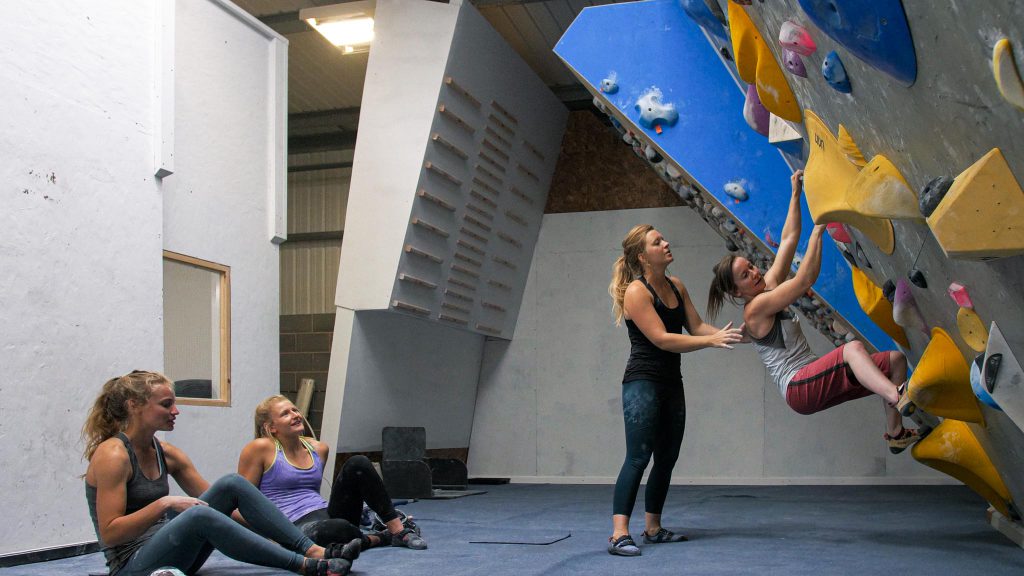Female Climber Series: The Menopause, Part 1
In this weeks Female Climber Series, we discuss how to adapt your training at the Peri-menopause stage.
For many of us, climbing is a sport we want to be part of for life. But life has different stages to it, which means we need to transition and adapt our climbing throughout. First up: The menopause.
The menopause is an age-dependent physiological change that results from the decline in estrogen and progesterone, resulting in cessation of the menstrual cycle. The period over which these hormones decline is called the perimenopause and can last for up to 10 years. Although the age of onset of perimenopause varies between individual, climbers may start to feel changes from their early 40s.
Estrogen is essential in muscle and bone building. Therefore, the decline of estrogen during the menopause coincides with a reduction in muscle mass, strength, and bone density. As we all know strength is important in climbing! So how do we go about maintaining our strength during this stage of our lives? Weights training is a good way to build and maintain muscle mass. Given that many climbers approaching this stage of life have built up a good foundation of climbing experience it is a good time to add in some off-the-wall weighted exercises.

Here are our top tips:
- Using weight training allows specific muscles to be targeted with basic movements and makes it easy to progressively load. Working within the right sets/reps/intensity is important to yield muscle synthesis and strength adaptations.
- Working with hypertrophy and strength ranges is a high intensity form of training so it is important to learn to lift correctly and get comfortable with weight based exercises before pushing the training.
- In order to monitor whether your strength training is working for you, schedule in testing sessions. This could be around every 4-6 weeks.
- As we get older our strength in eccentric (lengthening) movements does not decrease as quickly as our concentric (shortening) strength, therefore, consider using eccentric movements initially when pushing the training load or past plateaus.
- Don’t spread yourself too thin! Rather than trying to strengthen all your muscles at once focus on 2-3 exercises and do them consistency.
- You can never start too early.
Check out part 2 for how to manage longer recovery times peri- and post-menopause.






